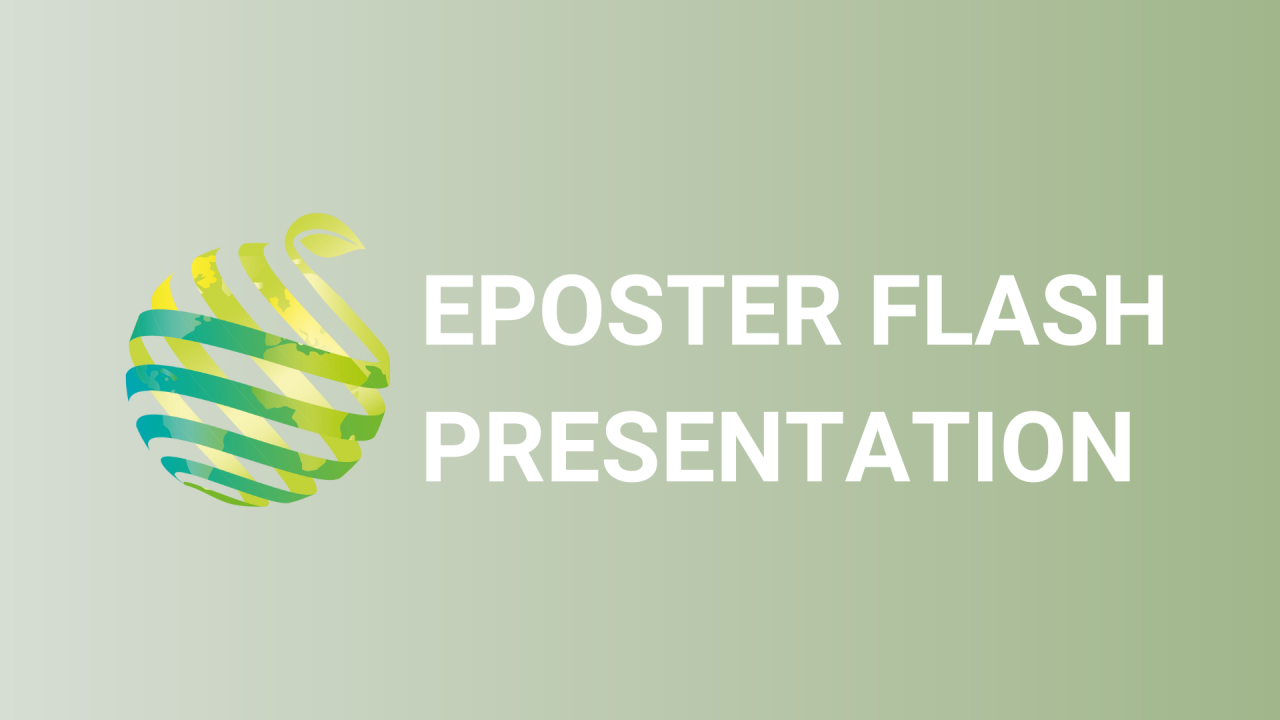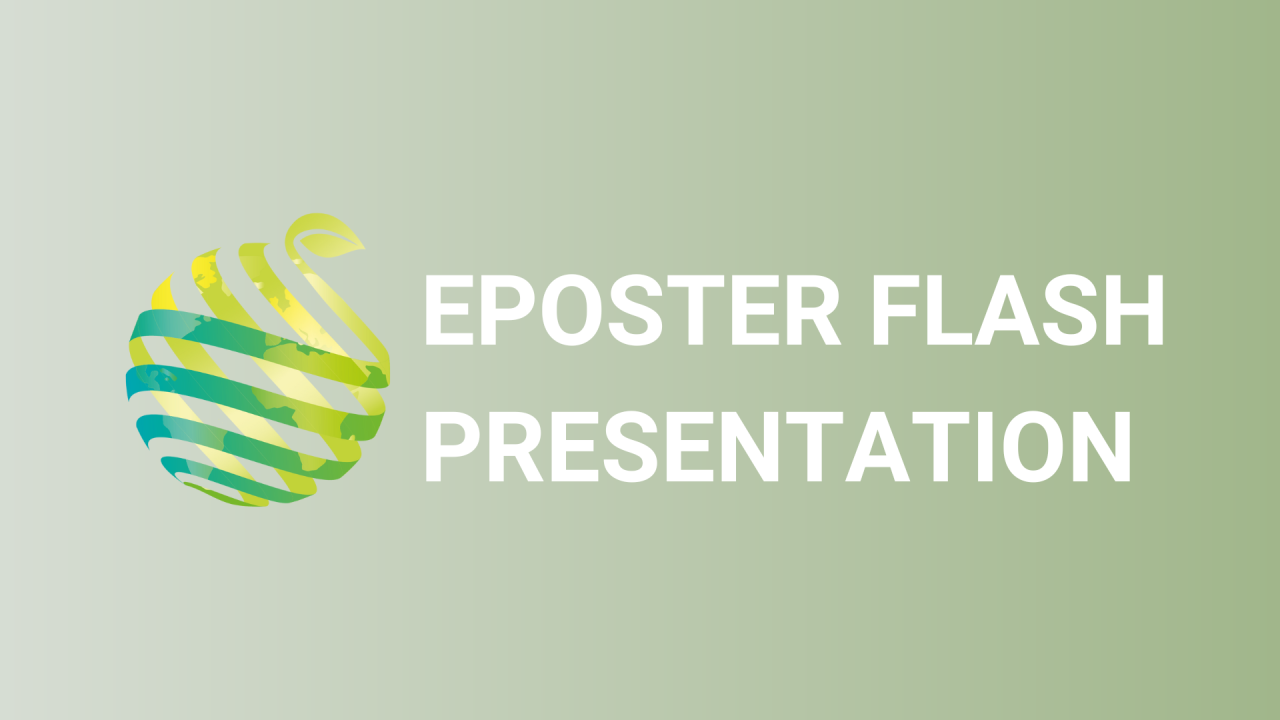

S06 - Session P7 - Comparison of plasma vs. HPS lamp on early stage development of eggplant and tomato plant
Information
Authors: Sandra Anselmo *, Daniel Tran, Marie Biselx, Gil Carron, Robert Farinet, Cédric Camps
Light energy is an important factor for plant growth. In regions where the natural light source (solar radiation) is not sufficient for growth optimization, additional light sources are being used. Greenhouse agriculture is a highly efficient method of food production that can greatly benefit from supplemental electric lighting. The needed electricity associated with greenhouse lighting amounts to about 30% of its operating costs. The high pressure sodium lamp is the most widely used light source for supplemental lighting in greenhouses. On a relative basis, it is moderately efficient, has a long bulb life and emits light that is rich in orange and deficient in blue and red. Therefore, new sustainable solutions should be developed for energy efficient greenhouse lighting. Recent developments in the field of light source technologies have opened up new perspectives for sustainable and highly efficient light sources. Sulfur plasma light technology is advancing in several ways, including increased electrical efficiency, longevity and intensity. Compared to HPS or Light Emitting Diode (LED), plasma light enables a very high quality, full continuous spectrum and includes UV radiation that match solar spectrum. In this study, we performed a comparison of HPS and plasma light on early development stage of tomato and eggplant i.e. from appearance of 2 first leaves until flowering stage. The experimental trials were conducted from November 2020 to February 2021 in controlled climate chambers, in order to limit the weather influence (climate and natural light). Chambers were divided into two sections using HPS light in one side and plasma light on the other side, with both of them providing the same amount of overhead light (200 μmol m -2 s -1 ). Photosynthesis efficiency were measured using Licor XT-6800 and morphological monitoring were carried out with automatic digital platform. The lightning comparison showed that plants displayed better morphological characteristics under plasma light compared to HPS. Both tomato and eggplant had higher height, increased biomass and greater leaf area with a greener color; these effects being significant after one week for eggplant and two weeks for tomato. In addition, photosynthetic rate displayed a better efficiency under plasma light. Finally, flowering stage was anticipated by several days in both culture. Altogether, results demonstrate a positive impact of plasma light on early stage of development that can potentially be used for nursery by shortening the crop production. Further research is necessary to improve the state of the art results and the effect on whole production stages including crop yield and nutritional quality.